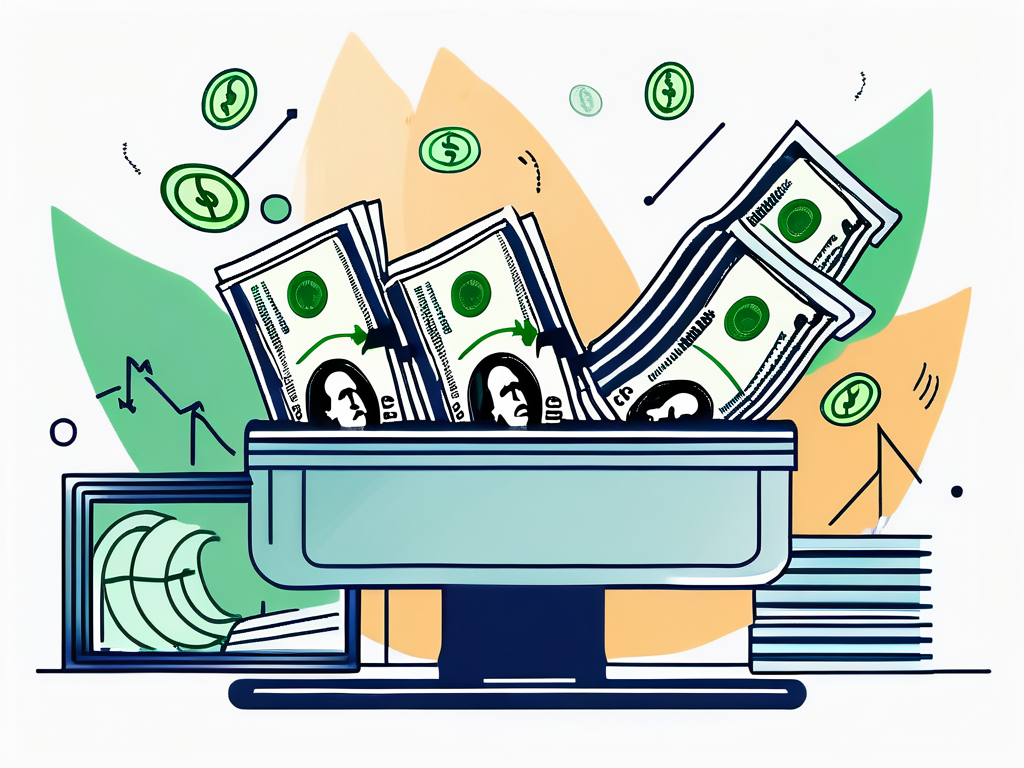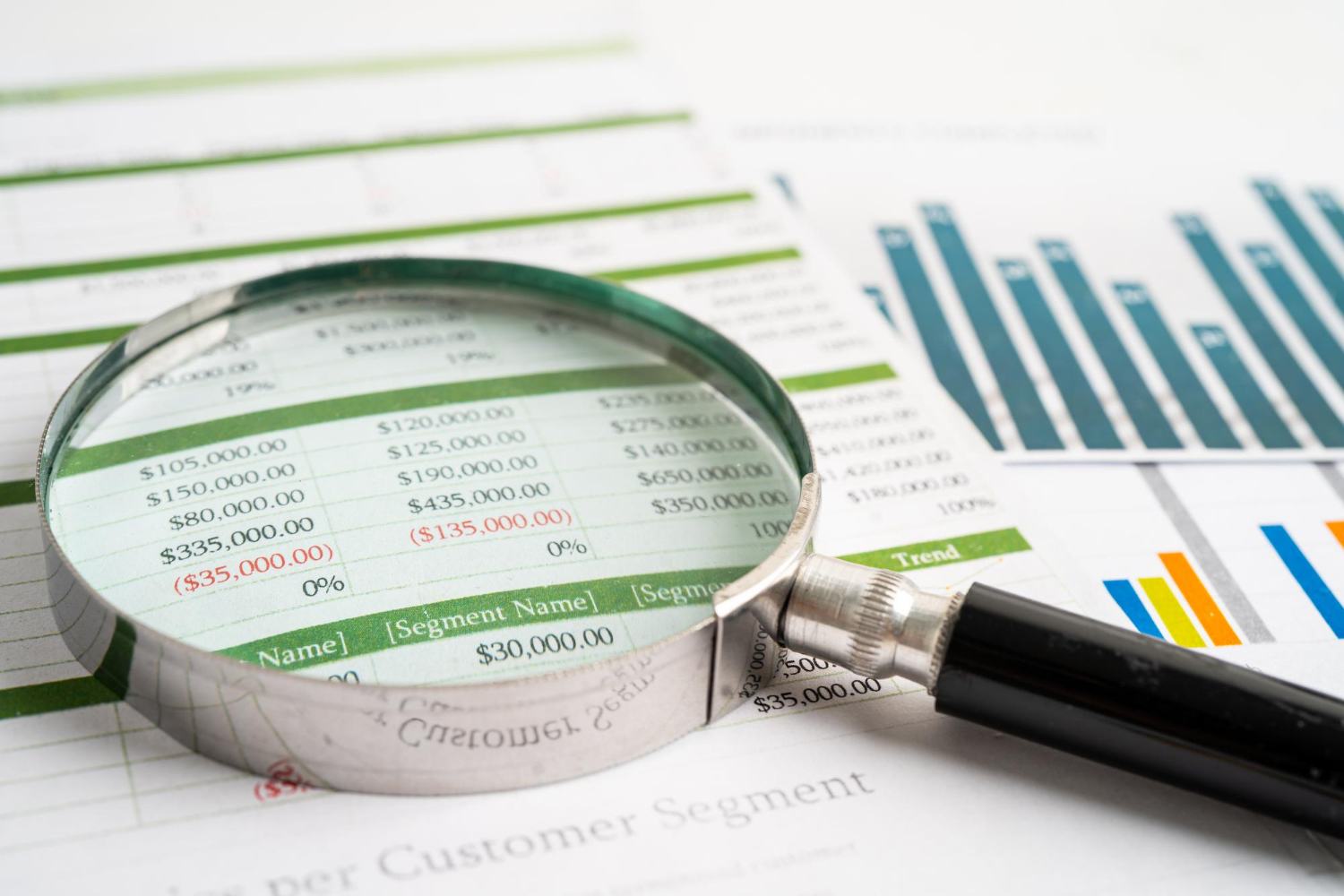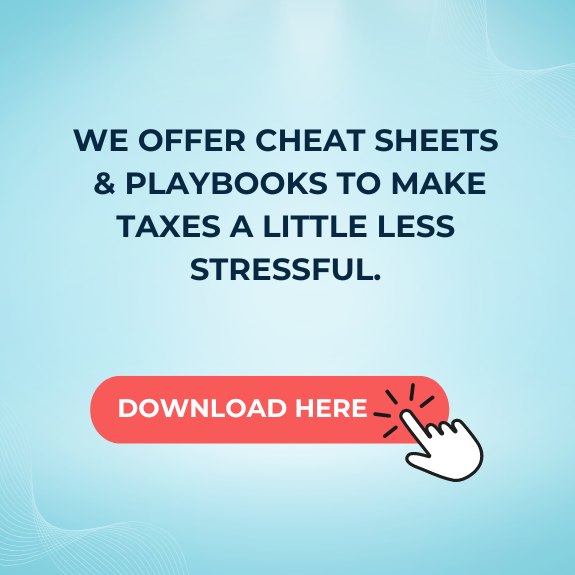Welcome, dear reader, to the wild and wacky world of financial statements! If you’re a small business owner, you might think this is a dry, boring topic, but we’re here to prove you wrong. Buckle up, because we’re about to embark on a rollercoaster ride of debits, credits, and balance sheets that will leave you laughing all the way to the bank.
Before we dive in, let’s get one thing straight: a CPA is a Certified Public Accountant. They’re the superheroes of the small business world, swooping in to save the day when your numbers just don’t add up. But don’t worry, you won’t need a cape or a secret identity to understand this glossary. Just a sense of humor and a willingness to learn.
The Balance Sheet: A Snapshot of Your Business
Imagine you’re a photographer, and your business is a beautiful landscape. The balance sheet is like a snapshot of that landscape at a specific point in time. It shows you what your business owns (assets), what it owes (liabilities), and the difference between the two (equity). It’s like a financial selfie, if you will.
But remember, like any good selfie, the balance sheet only shows what you want it to show. It doesn’t include those pesky intangible assets like your business’s reputation or your personal charm. So don’t get too caught up in the numbers, because they’re only part of the picture.
Assets: The Good Stuff
Assets are the things your business owns that have value. This could be anything from cash in the bank to the secret recipe for your grandma’s famous cookies. If it can be sold or used to make money, it’s an asset.
But not all assets are created equal. Some are current, meaning they can be converted into cash within a year (like your inventory of grandma’s cookies). Others are long-term, like that fancy espresso machine you bought to keep your employees caffeinated. These distinctions are important for understanding your business’s liquidity, or its ability to pay off short-term debts.
Liabilities: The Not-So-Good Stuff
Liabilities are what your business owes to others. This could be a loan from the bank, money owed to suppliers, or even unpaid taxes. Basically, if you owe it, it’s a liability.
Like assets, liabilities can be current (due within a year) or long-term. And just like with assets, understanding the difference can help you assess your business’s financial health. If your liabilities outweigh your assets, it might be time to cut back on the cookie production.
The Income Statement: Your Business’s Report Card
The income statement, also known as the profit and loss statement, is like your business’s report card. It tells you how well your business did over a certain period of time, usually a year. It’s where you’ll find your revenue (money coming in), expenses (money going out), and the difference between the two (net income).
But don’t be fooled by the name. The income statement isn’t just about income. It also includes things like cost of goods sold (the cost to produce your product or service), operating expenses (the cost to run your business), and taxes. So even if your revenue is through the roof, your net income might not be if your expenses are too high.
Revenue: The Sweet Sound of Cash
Revenue is the money your business earns from selling its products or services. It’s the sweet sound of cash registers ringing, the satisfying clink of coins in a jar, the delightful ding of a new online order. In short, it’s what keeps your business going.
But remember, not all revenue is created equal. Some of it might be from one-time sales, while some might be from recurring customers. Understanding where your revenue comes from can help you make strategic decisions about your business.
Expenses: The Necessary Evil
Expenses are the costs associated with running your business. They’re the necessary evil, the price you pay for the privilege of making money. They can include everything from rent and utilities to salaries and advertising.
But here’s the kicker: not all expenses are bad. Some, like investing in new equipment or hiring more staff, can actually help your business grow. The key is to keep your expenses in check and make sure they’re contributing to your bottom line, not eating away at it.
The Cash Flow Statement: Follow the Money
The cash flow statement is like a roadmap of your business’s money. It shows you where your cash came from, where it went, and where it ended up. It’s divided into three sections: operating activities (day-to-day business), investing activities (buying and selling assets), and financing activities (borrowing and repaying debt).

But here’s the thing: cash flow isn’t the same as profit. You can have a profitable business on paper (according to your income statement) but still have negative cash flow if your cash is tied up in inventory or unpaid invoices. So don’t forget to keep an eye on your cash flow, because cash is king in the business world.
Operating Activities: The Daily Grind
Operating activities are the day-to-day operations of your business. They include things like selling products, paying suppliers, and covering overhead costs. If your business is a car, operating activities are the gas that keeps it running.
But remember, just because you’re busy doesn’t mean you’re profitable. It’s possible to have lots of operating activities (and lots of sales) but still lose money if your expenses are too high. So keep an eye on your operating cash flow to make sure your business is running efficiently.
Investing Activities: Playing the Long Game
Investing activities are the investments your business makes in its future. This could be buying new equipment, investing in research and development, or even acquiring another business. If operating activities are the gas that keeps your business running, investing activities are the upgrades that make it go faster.
But investing activities can be risky. They often require a large upfront investment, and there’s no guarantee they’ll pay off in the end. So make sure you’re making smart investments that align with your business’s goals and risk tolerance.
Financing Activities: Borrowing and Repaying
Financing activities are all about borrowing and repaying. They include things like taking out loans, issuing stock, or paying dividends. If operating activities are the gas that keeps your business running and investing activities are the upgrades that make it go faster, financing activities are the pit stops that keep it on the road.
But financing activities can be a double-edged sword. On one hand, they can provide the cash you need to grow your business. On the other hand, they can also saddle your business with debt. So be careful with your financing activities, because too much debt can weigh your business down.
Conclusion: The Big Picture
So there you have it, folks: the wild and wacky world of financial statements. From the snapshot of the balance sheet to the report card of the income statement to the roadmap of the cash flow statement, these documents provide a comprehensive view of your business’s financial health.
But remember, financial statements are just tools. They can provide valuable insights, but they can’t make decisions for you. That’s where your CPA comes in. So don’t be afraid to ask for help, because understanding your financial statements is the first step toward making informed, strategic decisions for your business.
And remember, in the world of small business, laughter is the best currency. So keep your sense of humor, keep learning, and keep laughing all the way to the bank.


